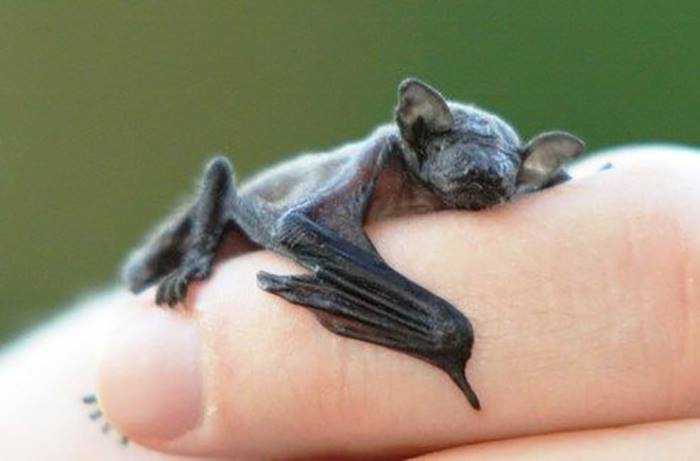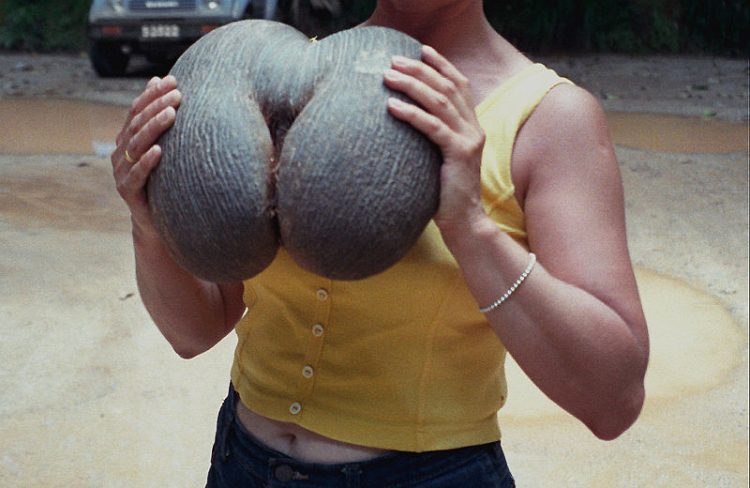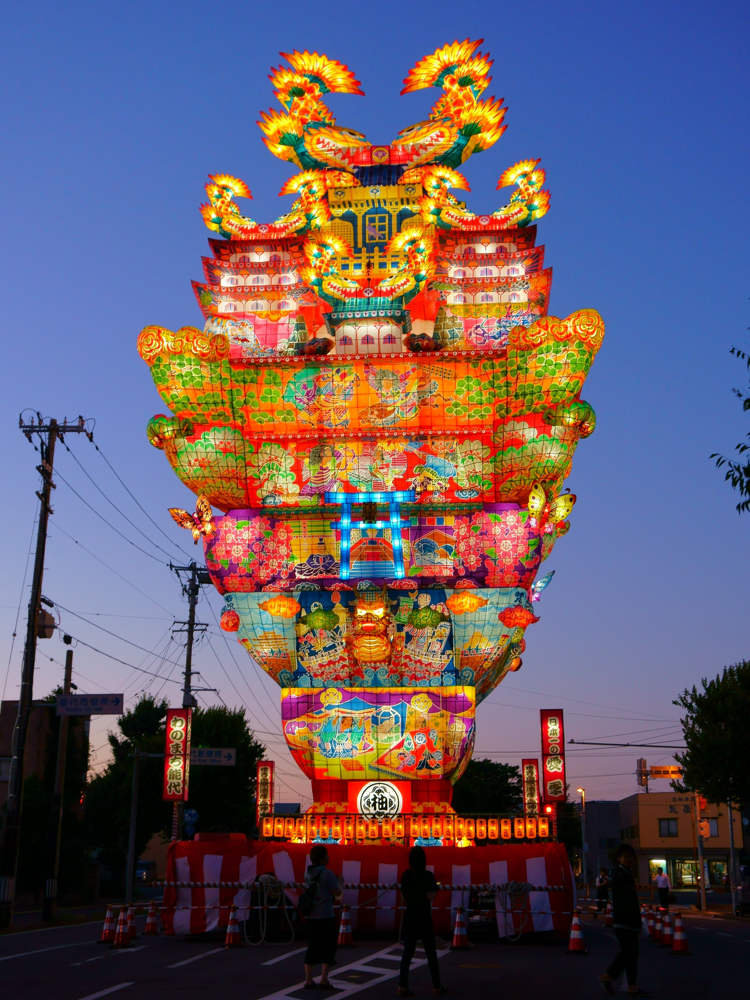The Bumblebee Bat Is the World’s Smallest Mammal, Weighs Only 2 Grams

Kitti’s hog-nosed bat, also known as the Bumblebee Bat, is not only the world’s smallest bat, but also arguably the smallest mammal in the known world. Our world is home to over 1,200 species of bats, but the smallest of them all can only be found in a few caves in Thailand and Myanmar. The […]
Coco de Mer – The Palm Tree That Produces the World’s Largest Plant Seed

The tropical islands of the Seychelles archipelago are home to a legendary palm tree that produces the world’s largest plant seed – a suggestively-shaped thing that can weigh up to 20 kilograms. Lodoicea maldivica, also known as the double coconut, or coco-de-mer is a remarkable species of palm tree that grows between 25 and 34 […]
No One Does Giant Float Festivals Quite Like Japan

Float festivals take place all around the world, but you’ll have a hard time finding intricate, illuminated works of art quite like the ones paraded in Japan. When it comes to designing and creating colorful, eye-catching floats that illuminate the night sky, no one does it better than the Japanese. The sheer size of these […]
